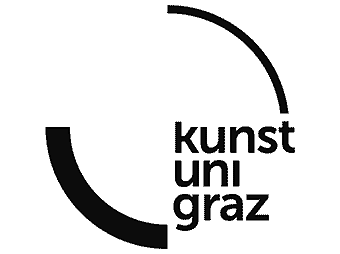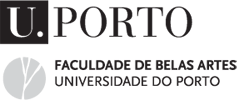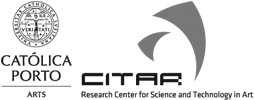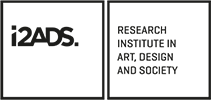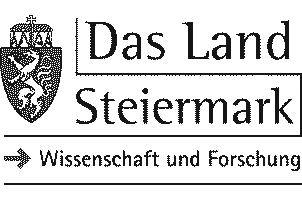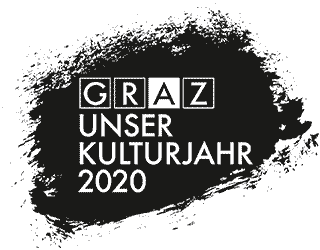Ring Study II/b: Live Performance with an Autonomous Pitch-Following Feedback System
Keywords: Pitch-following, Feedback System, Live Coding, 3D-audio, SuperCollider, Autonomous System, Knot-theory, Improvisation.
Concept
The idea of an autonomous pitch-following feedback system is derived from the ongoing “twin-work” Ring Study II/a, consisting of more than 12 singers sitting in a circle, humming quietly and continually at individual pitches. Once started, each of them attempts to follow the next singer’s pitch. How would this process evolve? The singer’s inaccuracies or deviations may be the crucial factor influencing the performance’s overall effect and its development in time.
Algorithms may lead to inaccuracies in their own ways. Ring Study II/b models the same idea as a digital feedback-system, leading to a performance with different dynamics and qualities. The “singers” are now sine-oscillators, listening to each other through pitch-following algorithms. Inaccuracies in the results of the pitch-following algorithms are captured and amplified into the human listening space through interaction with the system — controlling the topologies of the signal-flow and modulating the signal through constant observation and auditory feedback of the system’s behavior in space.
Signal-Flow and Signal Modulation
The oscillators exist as nodes in a virtual space and could arbitrarily listen to any other node in the system, without necessarily considering how they are mapped into the acoustic space.
Consider a following-rule where each oscillator listens to the one at two nodes of distance, an even number of nodes would result into a following-structure of two rings, an odd number would result into a knot. If the distance is a factor of the total number of nodes, a following-structure of multiple individual rings would result. Highly composite numbers of nodes have more possibilities of being divided evenly.
Beside specifications of the signal-flow topology, additional following-rules are applied, specifying signal modulations at every node. A “director” argument specifying a frequency offset and a noise generator are added to the frequency of the sine-oscillator detected by the pitch-follower [1], allowing to influence the system’s behavior and complexity. Furthermore, frequency modulation of the signal provides a means to shape the spectral content of the sound. Interesting artifacts happen when the modulation frequency is out of the specified frequency-range of the pitch-follower, especially when all oscillators just listen to one node.
Spatial Behavior and Live Performance
Each oscillator (node) is mapped to a discrete channel in the listening space. Spatial effects result as consequences of the system’s behavior, presenting a fertile ground for the real-time exploration of sound in space. Rings build from rules specifying node connections as ordered series are easily noticeable as coherent structures when mapped to corresponding loudspeaker positions in the listening space. Rings resulting from randomized node couplings lead to more diffuse effects and emergent phenomena.
All parameters are accessible trough live coding while some of them are also accessible through a MIDI-controller. This offers possibilities for different levels of dynamic encounter with the system. The performance has a variable duration given the large variety of possible modes of interaction with this autonomous system.

Acknowledgements
I would like to thank Patrick Borgeat, Christoph Seibert and Michele Samarotto for their support and encouragement.
Media Assets
Audio recording:
Notes
Join the conversation
xCoAx 2020: @luiiuuuiiiii “Ring Study II/b”, an autonomous pitch-following feedback system https://t.co/7eopppXyIH #xCoAx2020 pic.twitter.com/upXPM8OogO
— xcoax.org (@xcoaxorg) July 8, 2020



